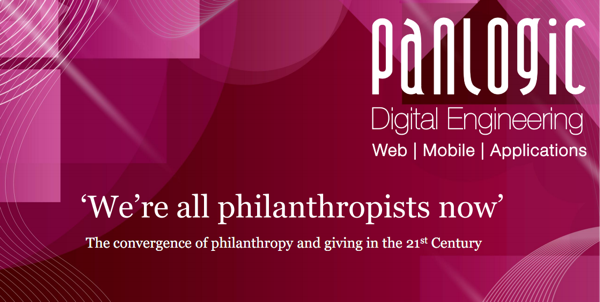I’ve been interested in crowdfunding for a little while but recently had the opportunity to look at the area a lot more closely, being involved in some work related to the current project to raise funds for the new John Peel Centre.
I’m collecting links to good crowdfunding case studies over on Delicious. Here are some of the better ones.
Some examples
Craig Mod’s article about funding Art Space Tokyo is a must-read with some solid tips and some strong analysis around pledge tiers and some insight into their approach to marketing.
Suw Charman-Anderson has blogged about the things she wishes she’d known at the start of the process. Don’t underestimate the amount of time required to promote the crowdfunding and get as much as possible lined up beforehand.
Leonard Richardson recently backed 52 Kickstarter projects in one month and has analysed the results, drawing out some good lessons for wannabe fundraisers. Part one of his report makes some general points about what makes for a good fundraising project (hustle, don’t ask for too much and don’t make your rewards too niche).
The second part looks at a single project and pulls out some good stats, making the point that most projects aren’t going to get all that many backers, therefore:
you need to make each backer count. That means raising the mean contribution or lowering the goal
He ends by suggesting people gauge their own projects with reference to similar ones run by others:
Look at the tiers they set up, see how many people pledged at each level, see how much money they actually raised and where it came from. A cool video can get people wanting to back your project, but the reward tiers and the goal you set will determine how much money you see
On T-Shirts and Suits, David Parrish makes the point that:
You can use crowd-funding platforms to test the market for a new product, service or project, in parallel with raising finance to fund new creative initiatives
Which reminded me of this post about using Google Ads to test prospective book titles. Slightly off topic, but worth mentioning.
The Kickstarter and Patronage panel from GenCon 2011 is worth a listen.
The crowdfunding sites themselves are generally pretty good at putting out tips and stats, for obvious reasons. For instance, on their second birthday Kickstarter shared data representing activity on the site between April 2009 and April 2011. It’s really good. On top of that, Cindy Au is an employee there and Fred Kicks has some good notes from her stat-packed talk at the Metatopia Game Design Festival.
WeDidThis have picked out some information about the kind of people who donate via their site.
Studio Neat
I very strongly recommend you read this post about Studio Neat‘s first Kickstarter project – Idea to Market in 5 Months: Making The Glif. There are relatively few lessons to take away on the fundraising side of things, what with how things panned out, but I think it’s amazing to see just how much two people are able to achieve using a crowdfunding service and a handful of online services.
Studio Neat went back to Kickstarter for their second project – an iPad stylus called the Cosmonaut. This time they tried something different – they set a target of $50,000 but allowed donors to pledge as little or as much as they liked, at the same time limiting the number of backers to 3,000. The Kickstarter blog broke down the figures:
If everyone pledges $1, nobody gets the Cosmonaut. If everyone were to pledge the same amount, they’d each be pledging about $16.66. And if some people are feeling generous and pledge $25 or $30, suddenly there’s room for a few people to pledge $1 or $5 or $10
All 3,000 slots were taken in less than 48 hours with backers pledging just short of the $50,000 required. Rather than upsell some of those backers, two fixed-price tiers (pricing the Cosmonaut at $25 – higher than the average required by the 3000 initial backers) allowed more people to pre-pay for their items. By the end, a total of $134,236 had been raised.
The pay-what-you-want thing struck me as very clever indeed:
- It created a sense of urgency – people needed to get on board quickly for the chance to snag a potential bargain
- The barrier to entry for those people was very low – just $1 (although many paid more)
- Once those people are invested, you can get them to advocate for you or upsell them in order to reach the target
- It makes for a good story in itself. With more and more crowdfunding projects people are going to need to find ways to stand out from the crowd
It’s still early days with this crowdfunding so it’s good to see people pushing the format to see what works and what doesn’t. It’s great to see so many people documenting their experiences too.


